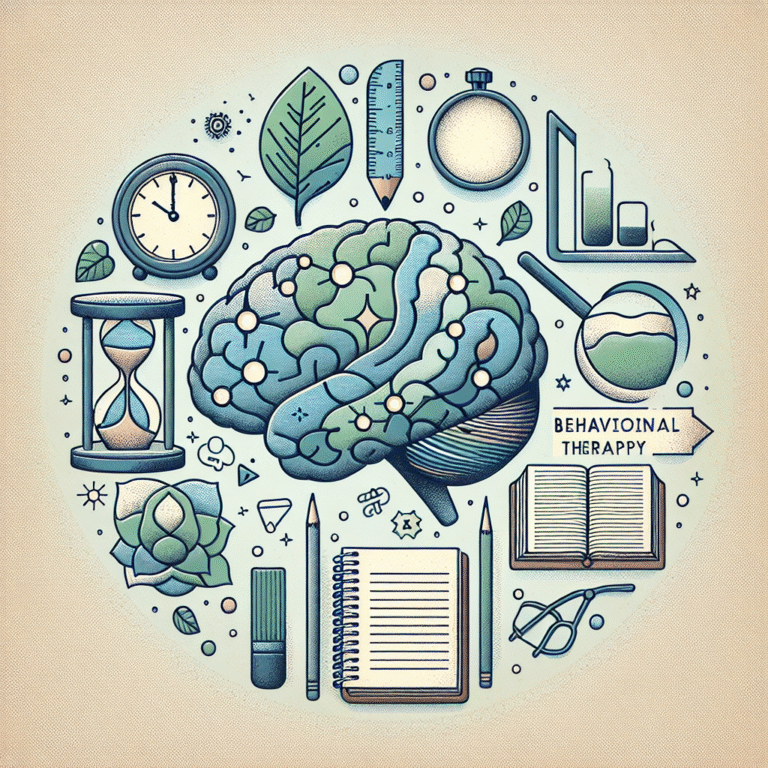
Mindfulness 101: Essential Basic Meditation Techniques for Beginners
Introduction
In today’s fast-paced world, where distractions are abundant and stress often feels like a constant companion, the need for mindfulness has never been more critical. Mindfulness encourages us to step back, take a breath, and engage with the present moment. It’s a skill that offers profound benefits for both mental and physical health. This article dives into Mindfulness 101: Basic Meditation Techniques for Beginners, illuminating pathways to a more centered and peaceful life. Whether you’re searching for relief from stress, seeking a deeper understanding of yourself, or simply trying to find a moment of calm in the chaos, these techniques can transform your daily routine.
Understanding Mindfulness
What is Mindfulness?
Mindfulness is the practice of being fully present in the moment, aware of our thoughts and feelings without judgment. It encourages us to observe our experiences as they unfold, promoting emotional well-being and mental clarity.
The Science Behind Mindfulness
Research highlights the positive effects of mindfulness on mental health. Studies show it can reduce anxiety, depression, and stress, while improving attention and overall emotional regulation. A notable case study at Harvard University demonstrated that mindfulness meditation can lead to changes in brain structure, particularly in areas related to memory and emotional regulation.
The Benefits of Mindfulness Meditation
Practicing mindfulness meditation brings a wealth of benefits, including:
- Stress Reduction: Mindfulness helps in addressing the root causes of stress, offering a sense of calm.
- Improved Focus: Regular mindfulness practice enhances concentration and attention span.
- Emotional Health: It leads to greater emotional resilience, allowing for more positive interactions.
- Physical Health: Mindfulness practices can lower blood pressure and improve sleep quality.
Case Study: Corporate Mindfulness
A case study involving a tech giant illustrated how incorporating mindfulness programs reduced employee stress levels by 30%. Employees who engaged in mindfulness exercises reported feeling more focused and productive, leading to enhanced overall performance.
Getting Started: Mindfulness 101
Basic Meditation Techniques for Beginners
Now, let’s delve into some essential Mindfulness 101: Basic Meditation Techniques for Beginners that anyone can practice.
1. Guided Meditation
What it Is: Guided meditation involves listening to a narrator who leads you through the meditation process.
How to Practice:
- Find a quiet space and sit comfortably.
- Use a meditation app or video to guide you.
- Focus on the instructions and let go of distractions.
Benefits: This technique is excellent for beginners, as it provides structure and guidance, making it easier to start.
2. Breath Awareness
What it Is: Breath awareness focuses solely on your breathing, helping you anchor your attention.
How to Practice:
- Sit in a comfortable position.
- Inhale deeply through your nose, hold for a moment, and exhale slowly.
- Notice the sensation of the breath entering and exiting your body.
Benefits: This technique calms the mind and helps individuals regain focus, especially during moments of stress.
3. Body Scan
What it Is: A body scan involves concentrating on different parts of your body, promoting relaxation.
How to Practice:
- Lie down comfortably and take a few deep breaths.
- Starting from your toes, mentally scan your body upward, noticing any tension.
- Breathe into areas of tightness and consciously relax them.
Benefits: This technique enhances bodily awareness and is particularly useful for stress relief.
4. Mindful Walking
What it Is: Mindful walking incorporates movement with mindfulness, allowing you to engage with your surroundings.
How to Practice:
- Find a peaceful place to walk, ideally outdoors.
- With each step, focus on the sensation of your feet making contact with the ground.
- Pay attention to sounds, smells, and the sights around you.
Benefits: It combines physical activity with mindfulness, enhancing the benefits of both.
5. Loving-Kindness Meditation
What it Is: This meditation cultivates an attitude of love and kindness toward oneself and others.
How to Practice:
- Sit in a comfortable posture and close your eyes.
- Silently repeat phrases like “May I be happy. May I be healthy. May I be safe.”
- Gradually extend these wishes toward others.
Benefits: Promotes positive emotions and a greater sense of connection with others.
Creating a Mindfulness Routine
Establishing a mindfulness routine can foster a deeper connection to your practice. Here are some tips:
- Start Small: Aim for just 5-10 minutes daily initially, gradually increasing as you become comfortable.
- Consistency is Key: Try to meditate at the same time each day to build a habit.
- Create a Mindful Environment: Find a quiet space where you won’t be disturbed, and consider using calming scents or decorations.
Overcoming Common Obstacles
Common Challenges in Mindfulness Practice
-
Racing Thoughts: It’s normal to feel distracted during meditation. Acknowledge your thoughts and gently guide your focus back to your breath or mantra.
-
Boredom: If meditation feels tedious, try varying techniques or using guided meditations to keep it engaging.
- Time Constraints: Even a few minutes can make a difference. Consider integrating mindfulness into daily tasks, such as mindful eating or walking.
Case Study: Overcoming Mindfulness Hurdles
A survey conducted in a mindfulness workshop revealed that 60% of participants initially struggled with consistency. However, those who set small, achievable goals saw greater success in maintaining their practice. This illustrates the importance of gradual progress and realistic expectations.
Mindfulness in Daily Life
Incorporating Mindfulness Outside of Meditation
Mindfulness isn’t limited to formal meditation; it can be woven into everyday activities. Here are some suggestions:
- Mindful Eating: Pay full attention to your meals, savoring each bite and recognizing flavors and textures.
- Mindful Listening: During conversations, focus entirely on the speaker without planning your response.
- Mindful Commute: Use your travel time as a mindfulness exercise. Pay attention to your surroundings and your thoughts.
Conclusion
Embarking on your journey through Mindfulness 101: Basic Meditation Techniques for Beginners can profoundly reshape your approach to life. The benefits of cultivating mindfulness are extensive, empowering individuals to reclaim their focus, enhance their relationships, and navigate stress with greater ease. As you begin to integrate these techniques into your life, remember that mindfulness is a practice, not a perfect. Celebrate each moment, and allow yourself the grace to grow along the way.
Actionable Takeaway
Set a commitment to practice one mindfulness technique daily for a week. Whether it’s breath awareness or mindful walking, observe how it influences your mood and interactions.
FAQs
1. Can mindfulness help with anxiety?
Yes, mindfulness can significantly reduce anxiety by promoting a greater awareness of the present moment and helping to detach from overwhelming thoughts.
2. How long should I meditate each day?
Start with 5-10 minutes daily, gradually increasing timing as you feel more comfortable.
3. Do I need special equipment for meditation?
No special equipment is needed; all you need is a quiet space and a comfortable position.
4. Is meditation suitable for everyone?
Yes, meditation can be beneficial for all individuals, regardless of age or background.
5. How can I stay motivated to maintain a mindfulness practice?
Setting realistic goals, tracking your progress, and joining a group or community can help maintain motivation.
By embracing these Mindfulness 101: Basic Meditation Techniques for Beginners, you’re taking the first step towards a more tranquil, present, and fulfilling life. Whether you practice alone or in community, may your journey be enriching.

















